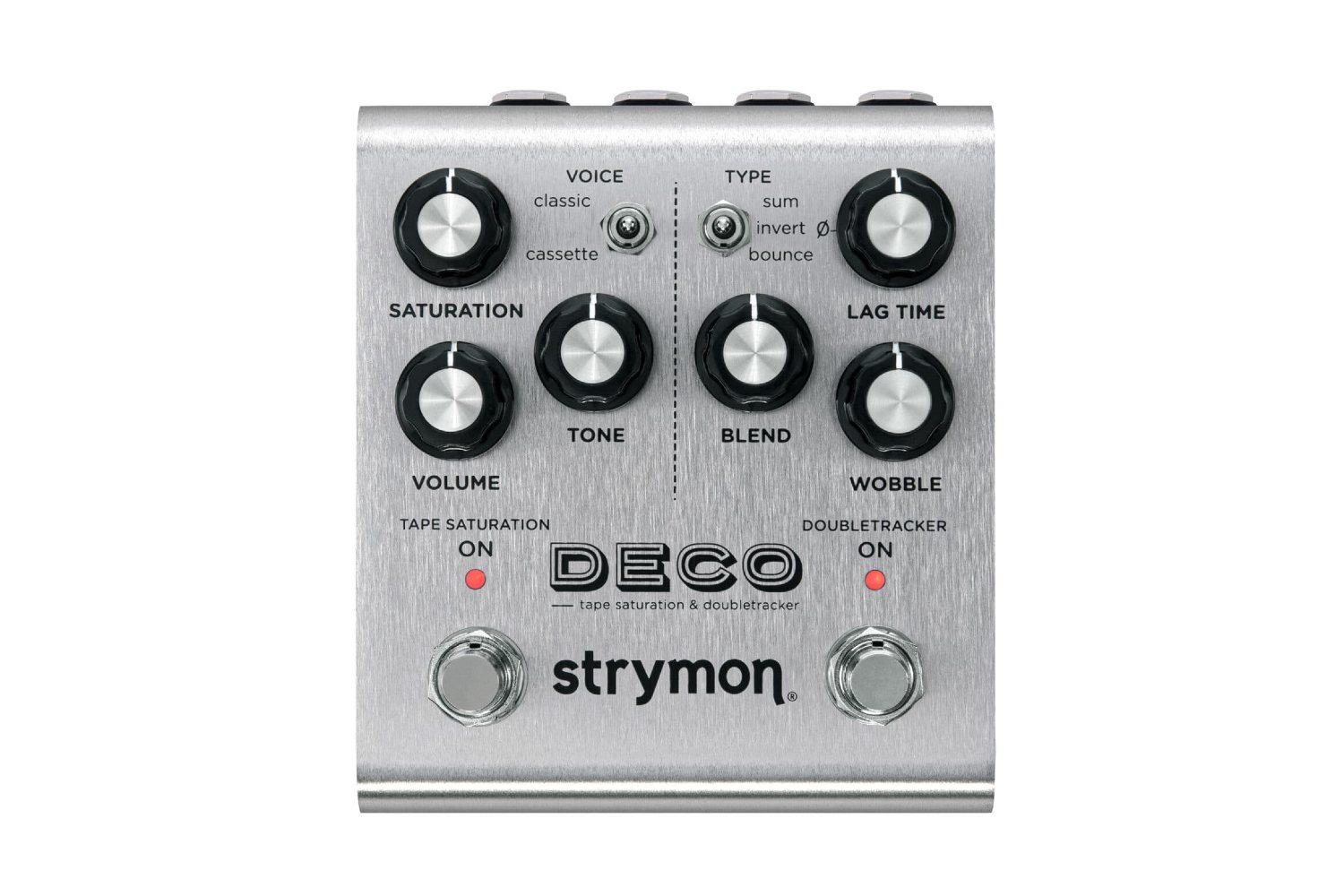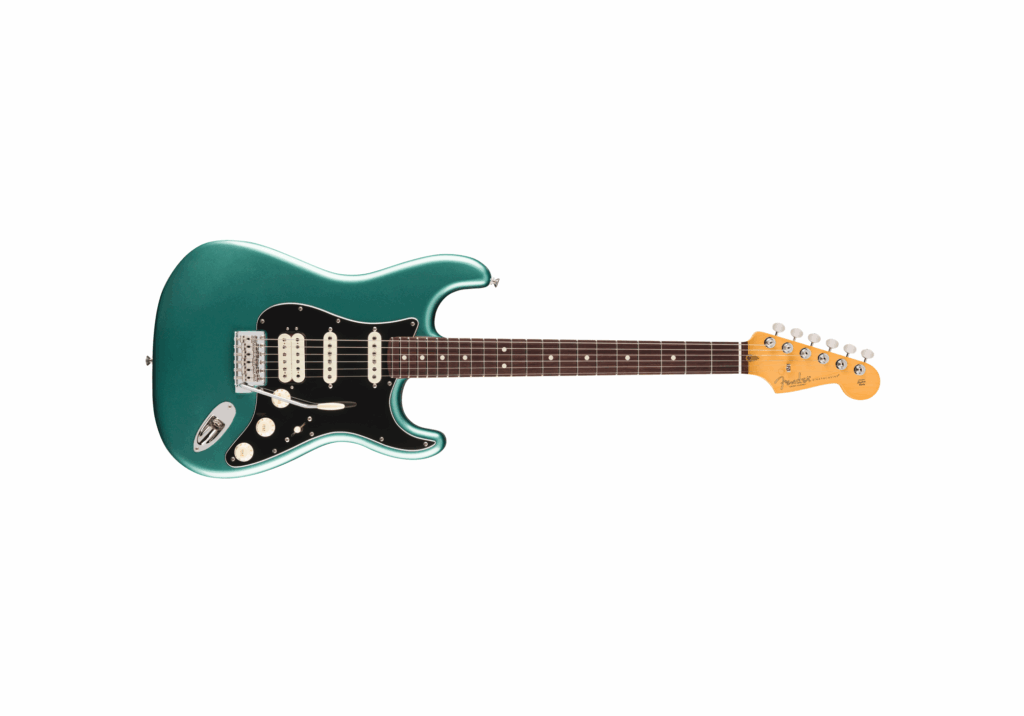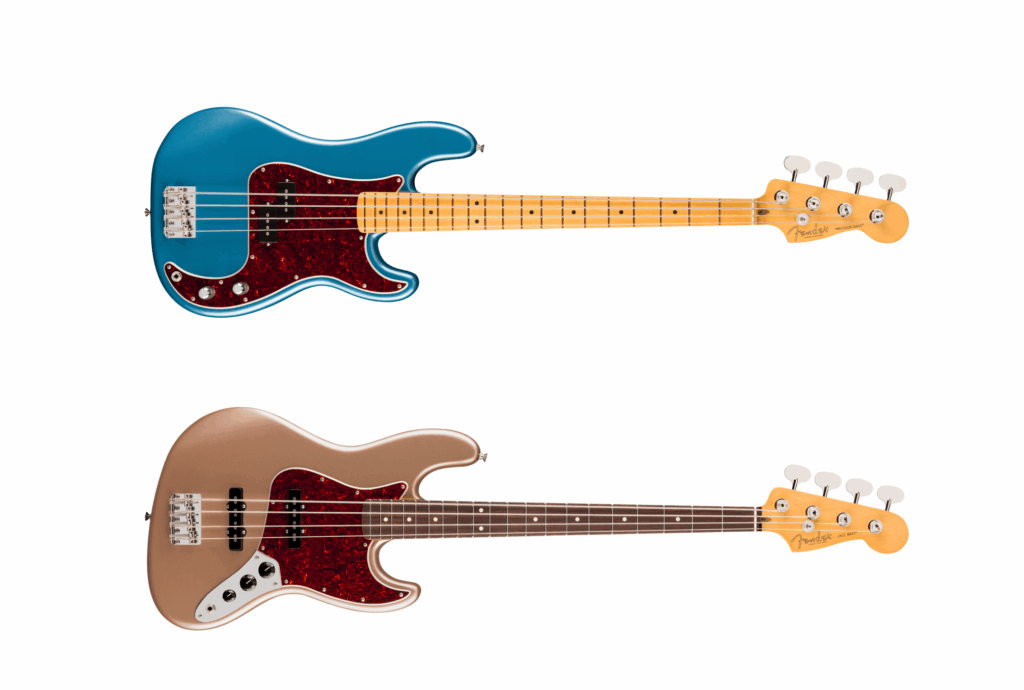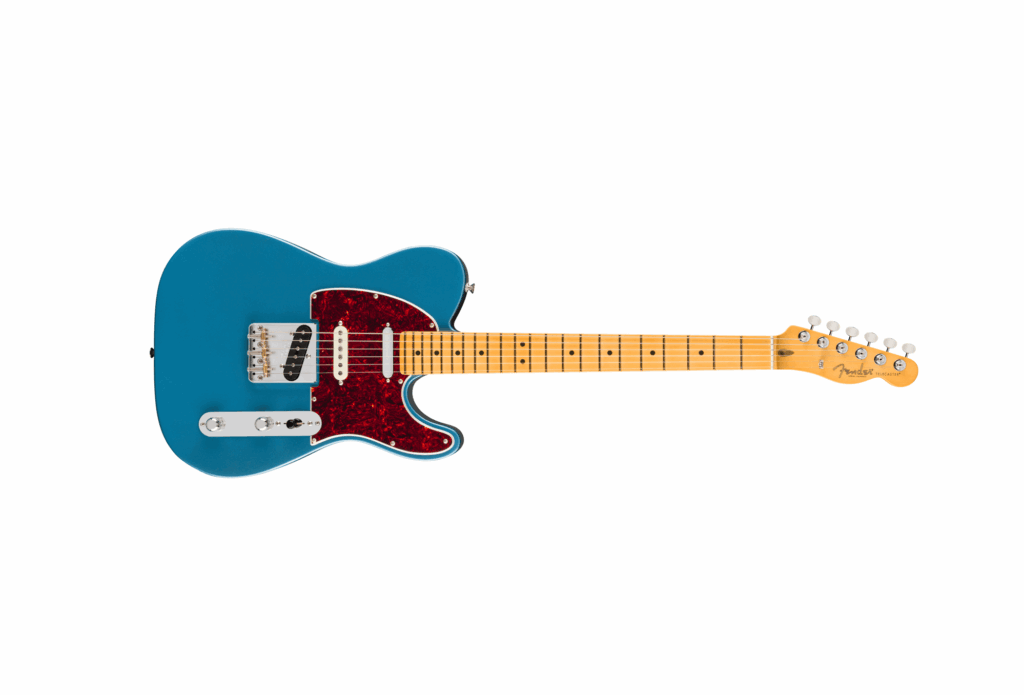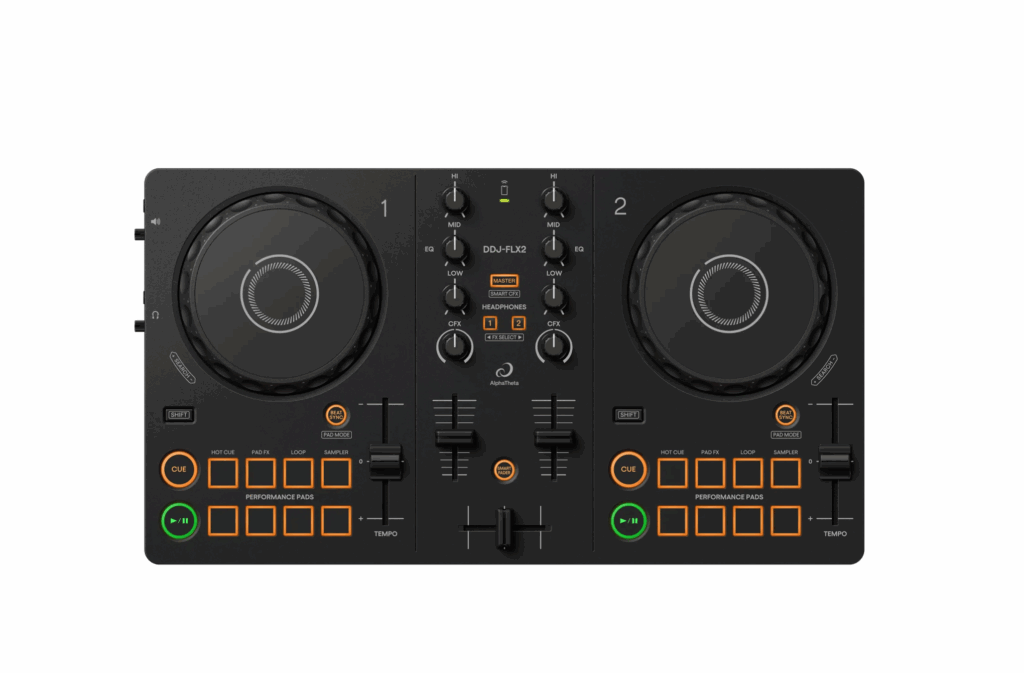Amber Technology | Enquire for pricing
Tape is a medium synonymous with the most famous records of all time. Even more recently in the digital realm, engineers and producers are chasing the saturation offered by tape of all types.
Cassette tape saturation is widely used across the board, finding particular fame among hip-hop circles that rose to popularity in the ’90s. Reel-to-reel tape imparts a warmth in the low mids, creating a weight that a lot of us are constantly chasing. Cassette tape brings a similar quality to the table, but it also breaks up in a very unique way, clipping and crunching across transients.
Read more product reviews here.
Both of these sounds have unique uses across a variety of sources, and thanks to the Next Generation of pedals from Strymon, both ‘classic’ and ‘cassette’ tape sounds are now available on your pedalboard. What’s more, the revised Deco doesn’t just bring saturation, it’s every trick in the book that’s been written by engineers of the past and present!
The Strymon Next Generation Deco is a stompbox with two on/off switches, one for tape saturation and another for doubletracker, both with their own unique controls. The tape saturation side features three knobs for saturation levels, tone to brighten or dull your saturation, and finally volume to control the output level. There’s also a voice toggle to switch between cassette and classic, both of which saturate different areas of the frequency spectrum in different ways – as both mediums would!
The doubletracker side introduces all the tricks of the tape trade used to thicken single takes of sounds. Modulation is used heavily, as is double tracking as the imperfections between two takes are what gives sound their thickness. Lag time adjusts how long the delay between separate ‘takes’ is going from slapback echo to blended, but punchy sounds. The wobble knob introduces some modulation, further differentiating the two sounds and thicken it up as a whole. The blend knob combines your newly effected wet signal as much or as little as you’d like. More wobble and the sounds begin to chorus and flange, while dialled back, the Deco produces a thickened, dynamic, and impactful response to your playing.
For even more control, the doubletracker also offers different types of tape delay and doubling effects. In the ‘sum’ setting, the Deco imitates two tape decks being in phase with each other, while the ‘invert’ setting flips the phase of one and therefore affects the bottom end of the resulting sound. The ‘bounce’ setting routes your signal so the right lag deck is bounced to the left input for stereo ping-pong or mono double-echo sounds. These are three fairly common ways that tape machines were used to great effect, albeit sometimes accidentally moving in and out of phase with the source material.
The Strymon Deco is great, simply put. It’s a lot of fun and all the controls are easily adjusted with clear labelling and a well laid out and road-tough enclosure. The sounds you can produce vary wildly, from a subtle ‘always on’ approach to maxed out modulation and delay to really drive your new hook home. The Deco can deliver unique sounds previously unattainable without multiple tape machines, but it always brings you tried and true tricks to bring your riffs to life.
Whatever tape has brought to tone in terms of saturation, delay, modulation, and pitch, the Deco can re-create these on stage from your pedalboard. Strymon’s strength is harnessing digital processing for particularly analogue sounds, without the harshness and fizz that digital sounds can be prone to. If there was one pedal that proved this beyond doubt, the Deco is it.
Strymon’s Next Gen series of pedals all have TRS MIDI capabilities, and allow users to access the guitar’s knobs that now act as encoders for writing or receiving MIDI information. If you’d rather use the TRS MIDI jack for an expression pedal or similar, the whole range of Next Generation pedals can now be connected via USB-C. The mono/stereo input capabilities are now accessible on the top of the pedal, which were previously only adjustable via an internal jumper, requiring you to open the pedal up. Now you can record stereo and switch to mono for that evening’s gig without a worry! For the Deco more specifically, this means you can control lag time, creating modulation with expression, or use a pedal to rock back and forth on the blend knob, bringing the effect in and out.
Strymon has refined an already popular effects and pedal in the Next Generation Deco. While not inventing any new sounds entirely, they’ve made them more accessible to not only players, but producers who may be using the pedals for recording or mixing in either stereo or mono. MIDI functionality brings Strymon into a league of their own, a league made especially for them as pioneers of digitally controlled effects pedals. The Deco holds Strymon’s flag high in the modern day, despite its focus being to bring us back to a crunchier time filled with reels or tape and VU meters slamming towards distortion.
Head to Strymon for more information. For local enquiries, reach out to Amber Technology.
